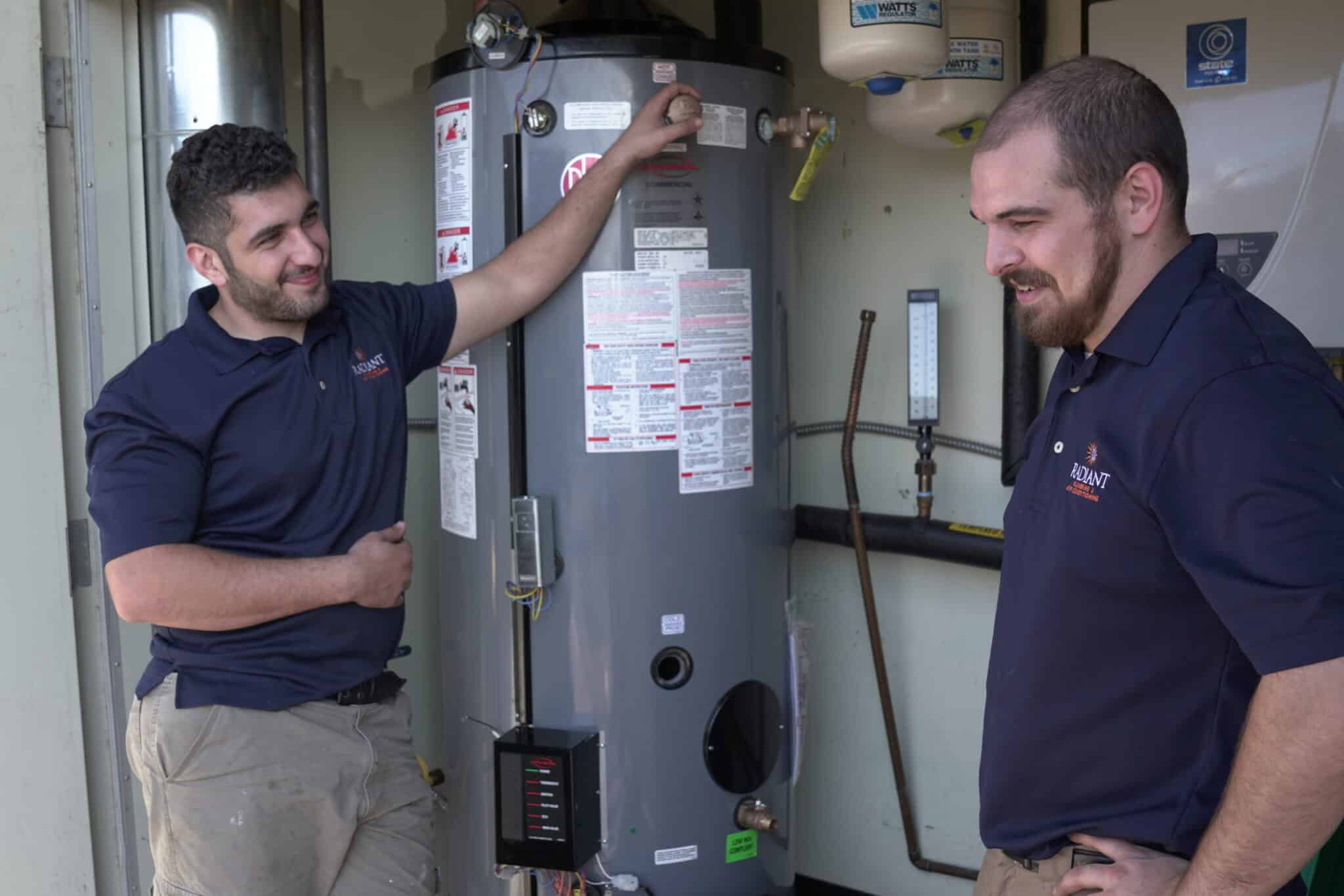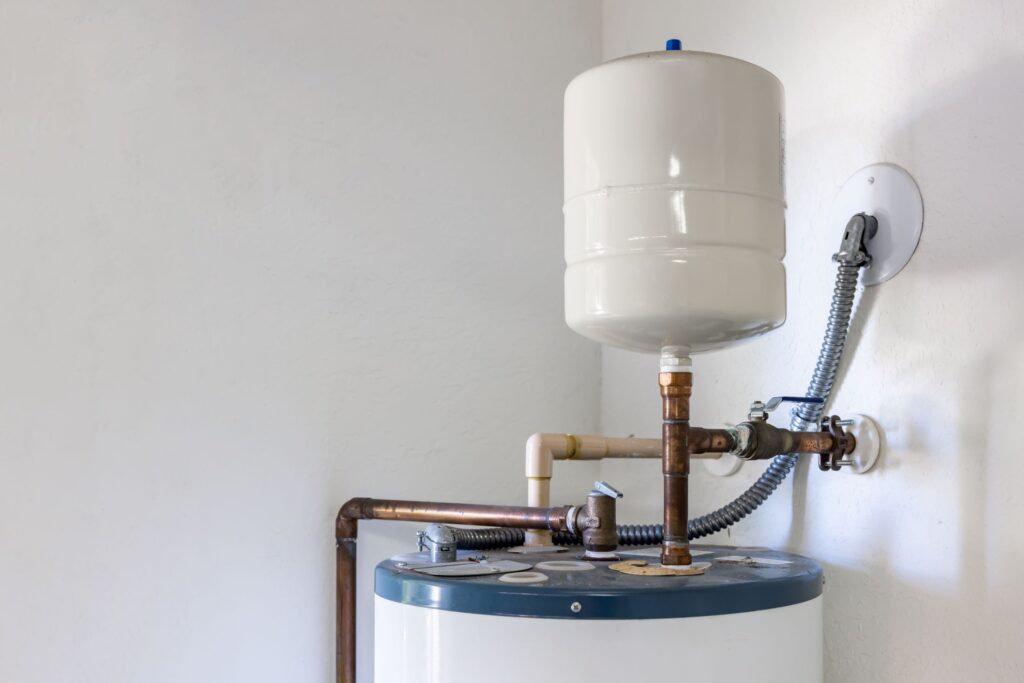How to Prolong the Life of Your Home's Hot Water System By MaintenanceBest Practices for Caring for Your Home's Hot Water SystemEffective Techniques for Caring for Your Home's Hot Water System
How to Prolong the Life of Your Home's Hot Water System By MaintenanceBest Practices for Caring for Your Home's Hot Water SystemEffective Techniques for Caring for Your Home's Hot Water System
Blog Article
How do you really feel when it comes to How to Maintain Your Water Heater & Prolong its Life?

Warm water is important for day-to-day comfort, whether it's for a refreshing shower or washing recipes. To ensure your warm water system runs efficiently and lasts much longer, regular upkeep is essential. This article provides sensible suggestions and understandings on how to preserve your home's warm water system to avoid disturbances and costly fixings.
Introduction
Preserving your home's warm water system may seem challenging, however with a few basic steps, you can ensure it runs smoothly for many years ahead. This guide covers every little thing from comprehending your warm water system to do it yourself maintenance tips and understanding when to call professional assistance.
Value of Maintaining Your Hot Water System
Routine maintenance not only extends the life expectancy of your hot water system however additionally guarantees it operates effectively. Disregarding upkeep can lead to decreased effectiveness, higher energy expenses, and also premature failing of the system.
Indicators Your Hot Water System Needs Upkeep
Knowing when your hot water system requires focus can prevent major issues. Look out for signs such as inconsistent water temperature level, odd sounds from the heating system, or corroded water.
Recognizing Your Warm Water System
Before diving into maintenance tasks, it's practical to recognize the standard parts of your hot water system. Commonly, this consists of the water heater itself, pipes, anode rods, and temperature controls.
Monthly Upkeep Tasks
Routine month-to-month checks can aid capture small problems before they escalate.
Purging the Hot Water Heater
Flushing your water heater removes debris build-up, enhancing efficiency and lengthening its life.
Monitoring and Changing Anode Rods
Anode rods prevent corrosion inside the storage tank. Checking and replacing them when broken is crucial.
Inspecting and Adjusting Temperature Level Setups
Changing the temperature settings makes certain optimum efficiency and security.
DIY Tips for Upkeep
You can execute several upkeep jobs on your own to maintain your hot water system in leading problem.
Looking for Leaks
Routinely check pipes and connections for leakages, as these can cause water damage and greater expenses.
Testing Stress Relief Valves
Testing the stress relief valve guarantees it works properly and avoids too much pressure buildup.
Shielding Pipelines
Insulating warm water pipes minimizes warmth loss and can conserve power.
When to Call a Specialist
While do it yourself upkeep is beneficial, some concerns need professional experience.
Complicated Concerns Requiring Specialist Assistance
Instances include significant leaks, electric troubles, or if your water heater is constantly underperforming.
Routine Professional Upkeep Advantages
Specialist upkeep can consist of comprehensive inspections, tune-ups, and making sure compliance with safety and security requirements.
Conclusion
Routine maintenance of your home's warm water system is necessary for efficiency, durability, and cost savings. By adhering to these suggestions and recognizing when to seek specialist help, you can make sure a dependable supply of hot water without unanticipated interruptions.
Water Heater Maintenance Tips
Test the TPR Valve
Shut off the power and the cold-water supply valve. Place a bucket under the pipe connected to the temperature-pressure-release (TPR) valve on the top or side of the tank. (This valve opens if the tank pressure gets too high.) Lift the valve’s tab to let some water out, then let go. If water keeps flowing, drain the tank partway, unscrew the old valve with a pipe wrench, and install a new one. Check the Anode Rod
Put a hose to the tank’s drain cock and let out a few gallons of water. Now fit a 1 1/16-inch socket onto the rod’s hex head on top of the heater (or under its top plate) and unscrew the rod. If it’s less than ½ inch thick or coated with calcium, buy a new one, wrap its threads with Teflon tape, put it back in the tank, and tighten securely. Use this segmented rod if headroom above the tank is limited. Drain the Tank and Wash Out Sediment
Drain the remaining water in the tank into the bucket, then stir up the sediment on the tank’s bottom by briefly opening the cold-water supply valve. Drain and repeat until clean water comes out of the hose. Close the drain cock, refill the tank, and turn its power back on. Adjust the Temperature
Find the temperature dial on the side of the tank and unscrew its cover. Adjust the dial to 120 degrees using a flathead screwdriver. For every 10 degrees the temperature is lowered, you can expect to save up to 5 percent in energy costs. Turn the water heater off or the thermostat down to its lowest setting if you plan to be away from home for more than three days. Insulate the Pipes
Buy some self-sticking 3/8-inch-thick foam pipe insulation that matches the pipes’ diameter. Slide the foam over the hot-and cold-water pipes as far as you can reach. Insulating the cold-water pipe prevents condensation in summer. Peel the tape and squeeze the insulation closed. If the pipe is 6 inches or less from the flue, cover it with 1-inch-thick unfaced fiberglass pipe wrap. https://www.thisoldhouse.com/plumbing/21016402/how-to-maintain-a-water-heater

Hopefully you liked our post about How to Maintain a Hot Water Heater in a Few Simple Steps. Many thanks for taking a few minutes to browse our content. Remember to take a moment to distribute this entry if you enjoyed it. I praise you for being here. Don't forget to come by our site back soon.
Click Here Report this page